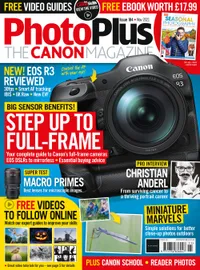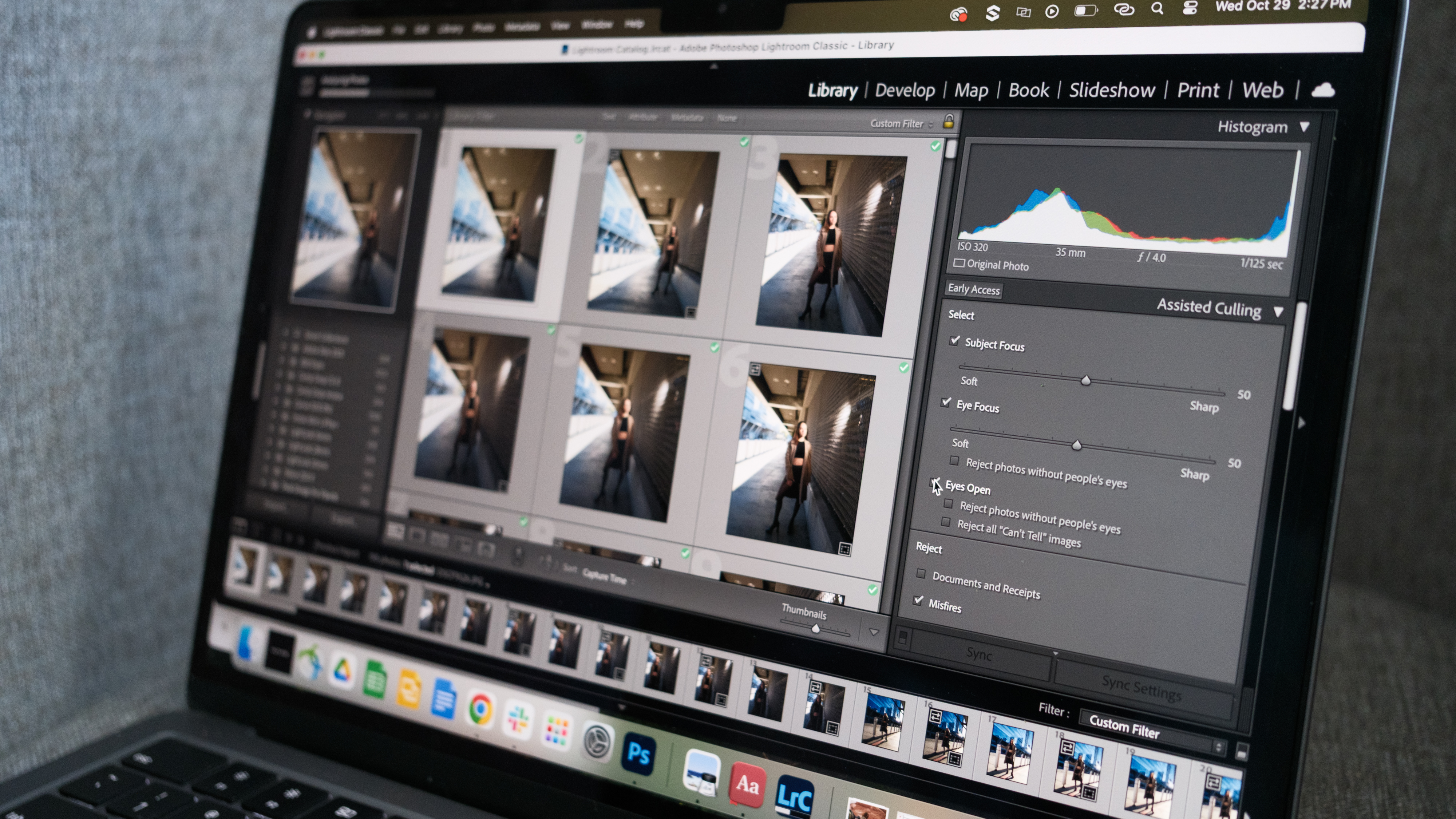"Photography is my escape from the madness of adulthood. Even though its my full-time job, I use it to relax and clear my head"
Whether in his garden or a quiet woodland, Sam Rusu is interested in all creatures bright and beautiful, great and small. He shares why photography is a release
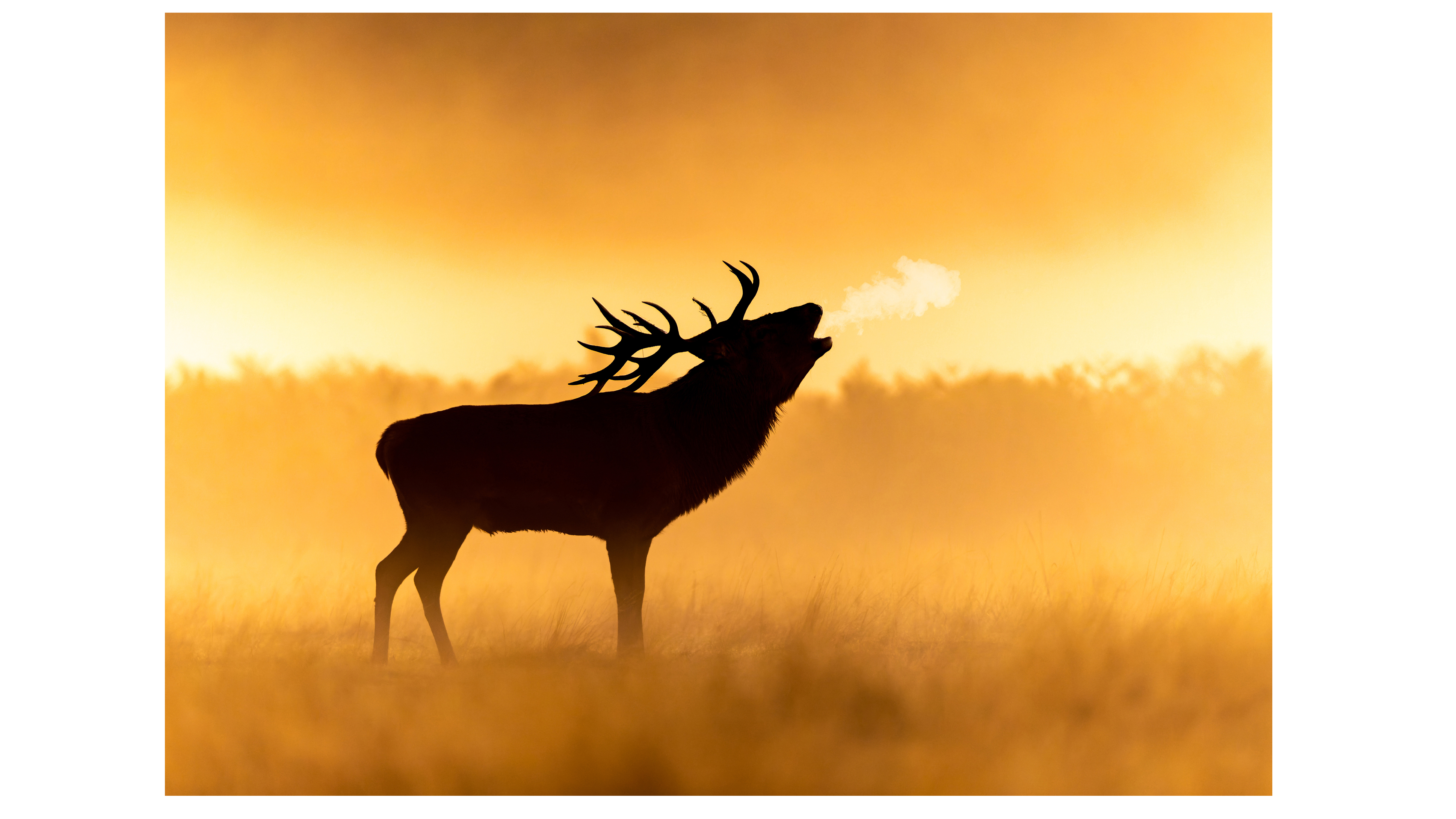
For some wildlife photographers, the thrill of travelling to exotic, far-flung locations and tracking down rare species is what keeps the magic alive. But for Sam Rusu, who moved to the UK in 2015, magical moments can be found in the everyday, the commonplace, the closer to home, the unexpected and unplanned; a robin perching in the garden, or a chance encounter in a London park with a kestrel.
“I focus on representing scenes that are usually hard to reproduce, capturing those ethereal moments. The technological tools are the brushes that I use to illuminate the surreal elements of nature,” he says. Sam uses the creative and mindful act of photography to relax and escape from what he calls “The madness of adulthood”. He loves to revisit species regularly to improve his images, and has recently started teaching others how to hone their skills.

Samuel Rusu is a wildlife photographer based in Basingstoke, UK. He specializes in bird photography, his favorite creature being the barn owl, but his portfolio includes a varied menagerie of British wildlife. Sam is also a videographer – his Canon EOS R5 being the perfect hybrid companion – and he creates bespoke content for clients and short adverts for social media.
Where did photography all start for you?
My photography journey started when I was quite young. I was 14 when I picked up a Panasonic Lumix compact camera and started taking pictures. I have always been the best in my family at taking photos and it was natural for me to understand the concept of composition and focus, even though I did not know anything about them then.
Shortly after, one of my friends bought a Canon EOS 20D with a 50mm f/1.8 lens and that’s how I fell in love with portrait photography. I saved up and bought myself a Nikon D3000 in 2010, and I started to learn what shutter speed, aperture and ISO are. Even though I had some good times with my Nikon, it was on a Canon camera that I experienced my first love for photography. Within two years, I’d sold the Nikon D3000 and bought a Canon EOS 550D with HD video capabilities.
What is photography like for you now?
Photography is my escape from the madness of adulthood. Even though photography and videography are my full-time job, I still rely on them to relax and clear my head. My favorite genre is wildlife but I love every style and genre of photography and I take every opportunity I can. My work varies from product and portrait photography to aerial photography and automotive shots.
How did you get into wildlife?
I moved to the UK in 2015. I’m originally from Romania, and after two years, in 2017, I woke up one day missing holding a camera, so I went and got myself a Canon 750D, 50mm f/1.8 and a 70-300mm lens. I went on social media to connect with local photographers and ended up going out with a wildlife photographer on a stroll locally.
We photographed some cormorants and garden birds, and that was it. I then had my camera with me every time I was in the garden. I got some bird feeders and spent hours just sitting on a chair in the garden, watching and photographing birds coming to the feeders. Immediately, I felt the need for a longer focal length and got a Tamron SP 150-600mm f/5-6.3, and that was when the whole game changed.
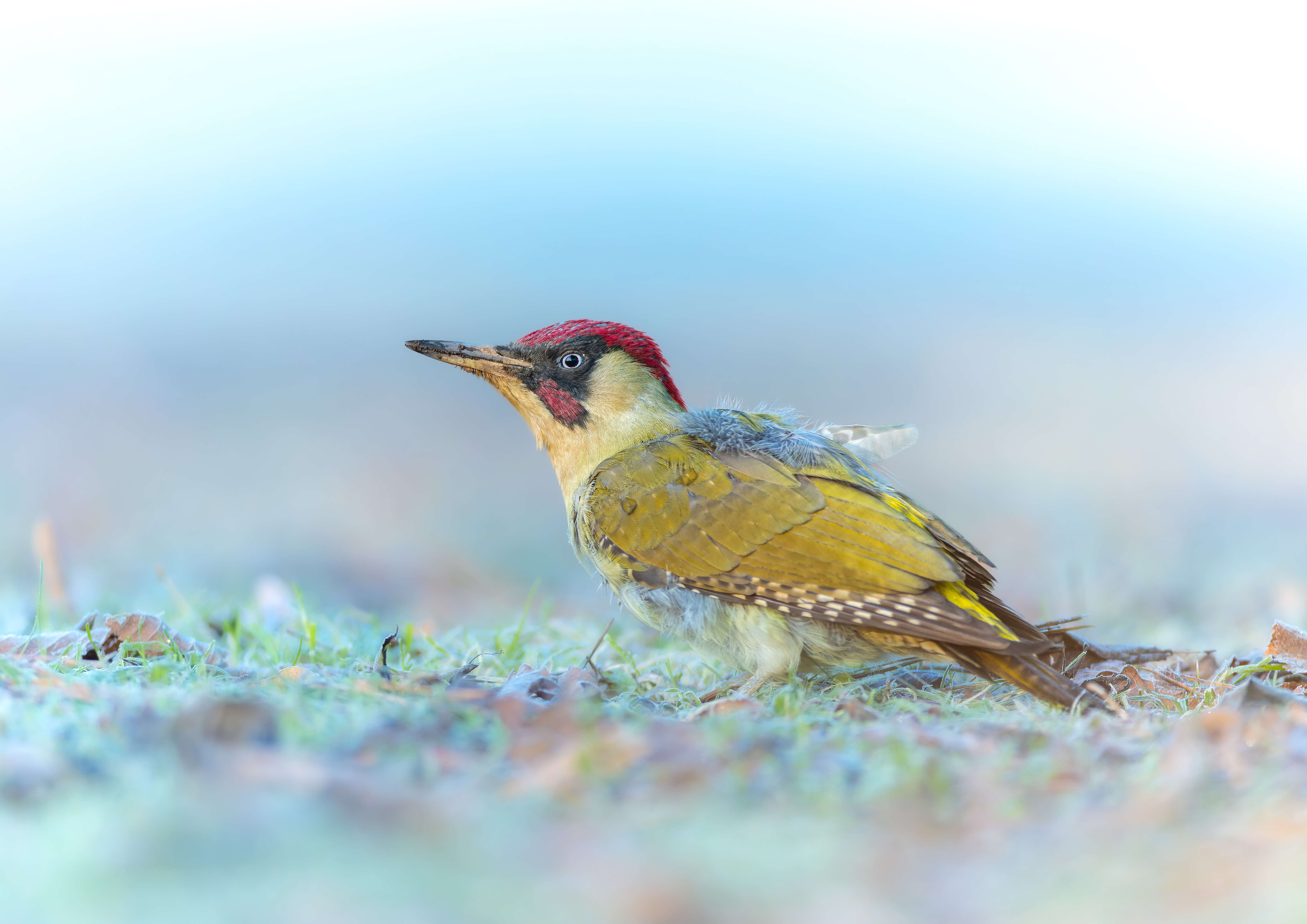
That Tamron lens is great for reach. Do you still use it?
For wildlife, I exclusively use the Canon EF 600mm f/4L IS USM but on very rare occasions, usually in my garden, I go for the EF 70-200mm f/2.8L IS USM II. For video work, I usually use my Canon RF 16mm f/2.8 and my Canon RF 24-70mm f/2.8L IS USM.
What gear do you always take with you?
I’ve been called crazy a lot of times for this, but I like to take the minimum amount of gear with me. The two items that I always have with me are my Canon EOS R5 and my Canon EF 600mm f/4L IS USM, which is old and weighs a ton but gives amazing results – 99% of the time I use Canon gear. I have had experience with Olympus and Nikon, but as good as other cameras are technically, Canon cameras always felt like part of me, they just fit in my hand and are natural for me.
You have a GoPro too, don’t you?
Yes! I have the GoPro Hero10 Black and DJI Pocket 2 Creator Combo. My other bits of kit include tripods (the Slik Pro 700DX, Gimbal Neewer Professional and the Manfrotto MTPIXI EVO-RD), plus microphones (the Zoom H4n Pro, Sennheiser MKE 600 and Rode Wireless GO II). I use the Atomos Ninja V+ with the Canon EOS R5 to record video directly from the camera’s sensor.
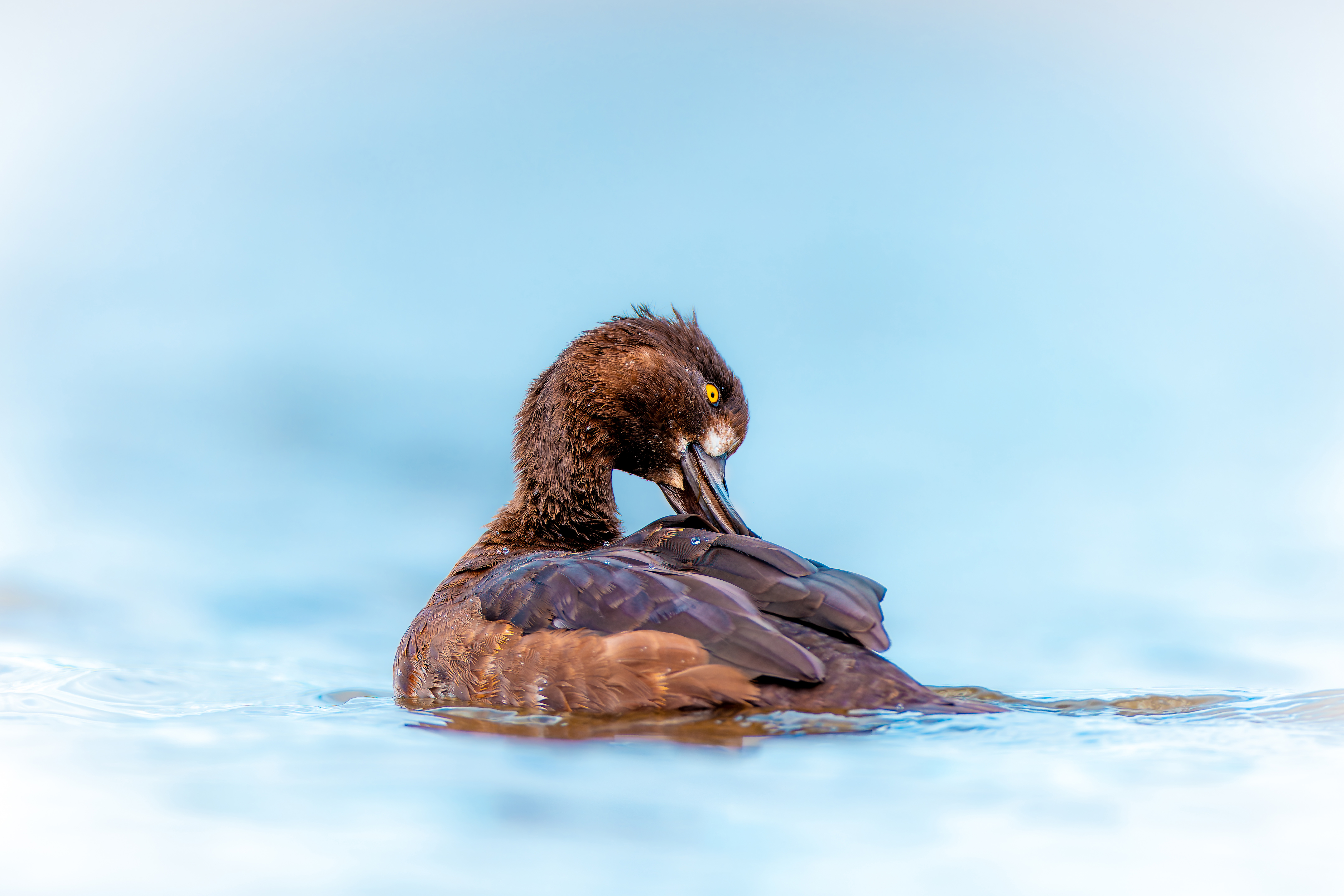
When an animal has been photographed many times before, how do you manage to make your shots unique?
A huge part of photography is editing. When I look through the viewfinder and see the composition, I can already see the edits needed to achieve the look that represents me. It's also important to consider how the lighting falls on your subject, the background, and the perspective. That said, most of the time in wildlife photography, you have less than 10 seconds to think of all these details!
I’ll generally use the widest aperture of my lens or thereabouts, between f/2.8 and f/5.6. As almost all nature photographers will know already, it’s important to use the burst mode because animals have subtle movements and the perfect pose can last less than a second.
How do you process your images?
Photography is a form of art that allows you to express yourself. The way you see a subject is different from the way I see a subject, and editing the image allows you to reproduce the colors and the mood you see in a particular time and location. I use two programs to edit my photos: DxO PureRaw and Adobe Lightroom.
The combination of these two pieces of software provides an amazing result. I only have two steps for editing: cleaning the Raw file through DxO PureRaw and then importing the image into Lightroom to do the exposure and color correction and calibration.
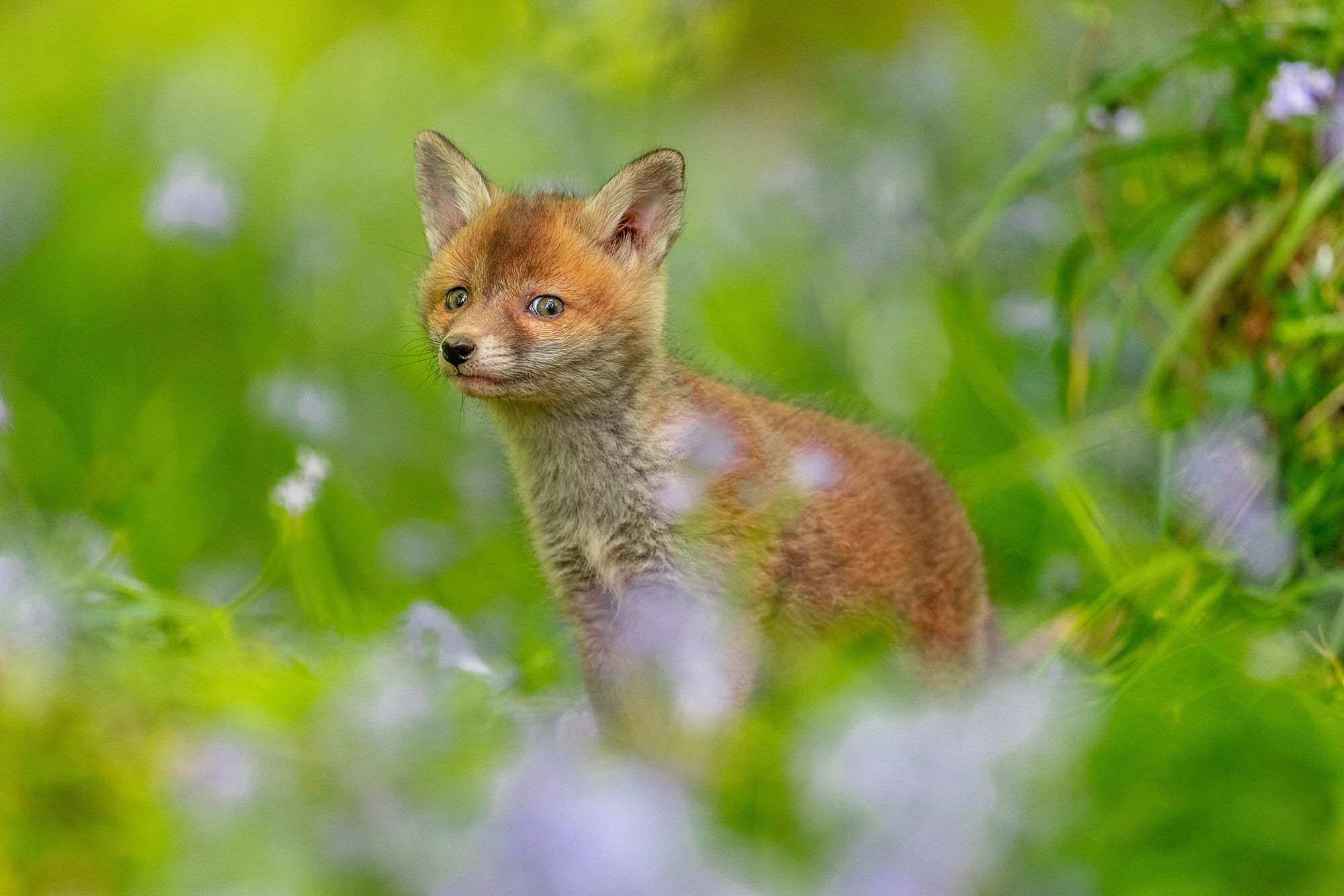
How much research do you usually do on animals before you set out to photograph them?
Focusing mainly on UK wildlife, I think after years of doing this, there is a sixth sense that develops in you as a photographer and wildlife lover. It is super-important to research your subject, as knowing its habitat and behavior maximizes your chances of getting good results. However, most of my best shots were a result of pure luck, being in the right place at the right time. I believe it is more important to know a location and visit it as much as possible throughout all times of day to find out exactly what is in your area and what opportunities you have to photograph wildlife.
I mainly go for a stroll to see what I can photograph and always come back with at least one good result. As I said before, wildlife photography is about researching, but it’s mostly about luck. You might see a super-rare bird in your garden, despite the fact you have spent hours researching, scouting and waiting in the right environments and times of day.
What do you appreciate most about the photo industry?
I can share stories and moments that I am fortunate to witness. Be it wildlife photography or documentaries and stories from prison, I am aware that not everyone has the opportunity to hear and see the things I get to see by doing this.
A longer version of this interview originally appeared in Issue 205 of Photo Plus magazine. Click the link below to see our latest special subscription deal!
PhotoPlus: The Canon Magazine is the world's only monthly newsstand title that's 100% devoted to Canon, so you can be sure the magazine is completely relevant to your system. As a subscriber, you’ll enjoy big savings on shop prices and the convenience of having every issue delivered hot off the press. Every issue comes with downloadable video tutorials too.
The best camera deals, reviews, product advice, and unmissable photography news, direct to your inbox!

Lauren is a writer, reviewer, and photographer with ten years of experience in the camera industry. She's the former Managing Editor of Digital Camera World, and previously served as Editor of Digital Photographer magazine, Technique editor for PhotoPlus: The Canon Magazine, and Deputy Editor of our sister publication, Digital Camera Magazine. An experienced journalist and freelance photographer, Lauren also has bylines at Tech Radar, Space.com, Canon Europe, PCGamesN, T3, Stuff, and British Airways' in-flight magazine. When she's not testing gear for DCW, she's probably in the kitchen testing yet another new curry recipe or walking in the Cotswolds with her Flat-coated Retriever.
